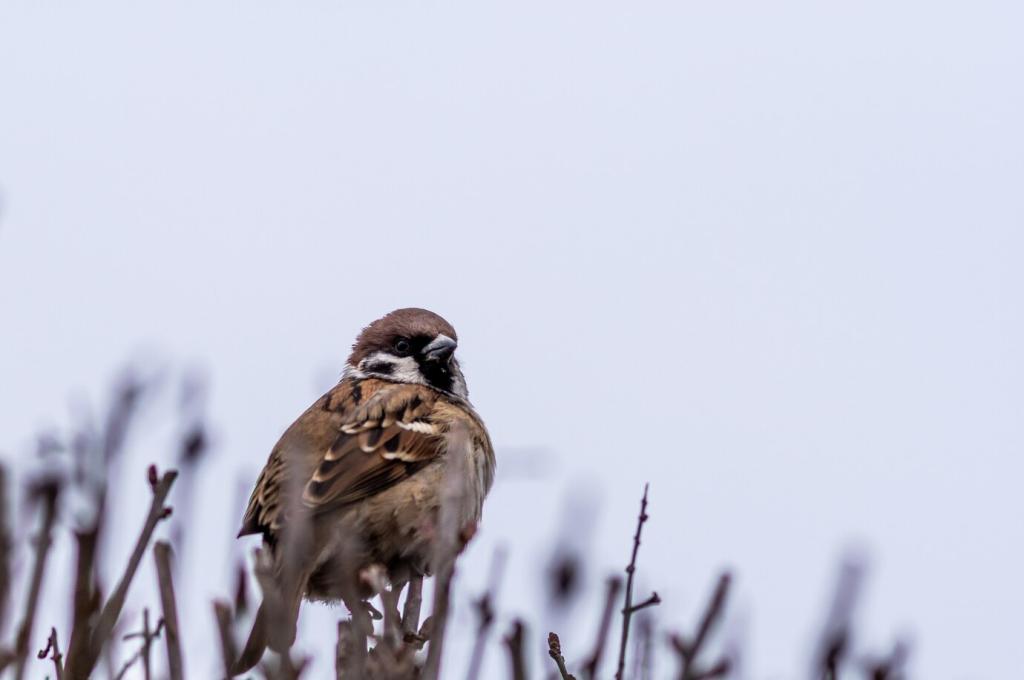Multifunctional Features for Maximum Utility
Build a narrow bench with integrated planters at the back. It adds seating, softens hard edges, and introduces height without extra furniture. Share your preferred seating height, and we’ll recommend comfortable proportions for tight patios.
Multifunctional Features for Maximum Utility
Choose foldable café tables, nesting stools, and sectional modules that reconfigure for guests or quiet nights. Mobility equals freedom in small landscapes. Tell us your party size range to get a flexible layout suggestion.
Multifunctional Features for Maximum Utility
Under-seat compartments and deck-step drawers hide cushions, tools, and hoses. Clean sightlines make small spaces feel serene and spacious. Comment with your biggest storage headache, and we’ll propose a disguised solution.
Multifunctional Features for Maximum Utility
Lorem ipsum dolor sit amet, consectetur adipiscing elit. Ut elit tellus, luctus nec ullamcorper mattis, pulvinar dapibus leo.





